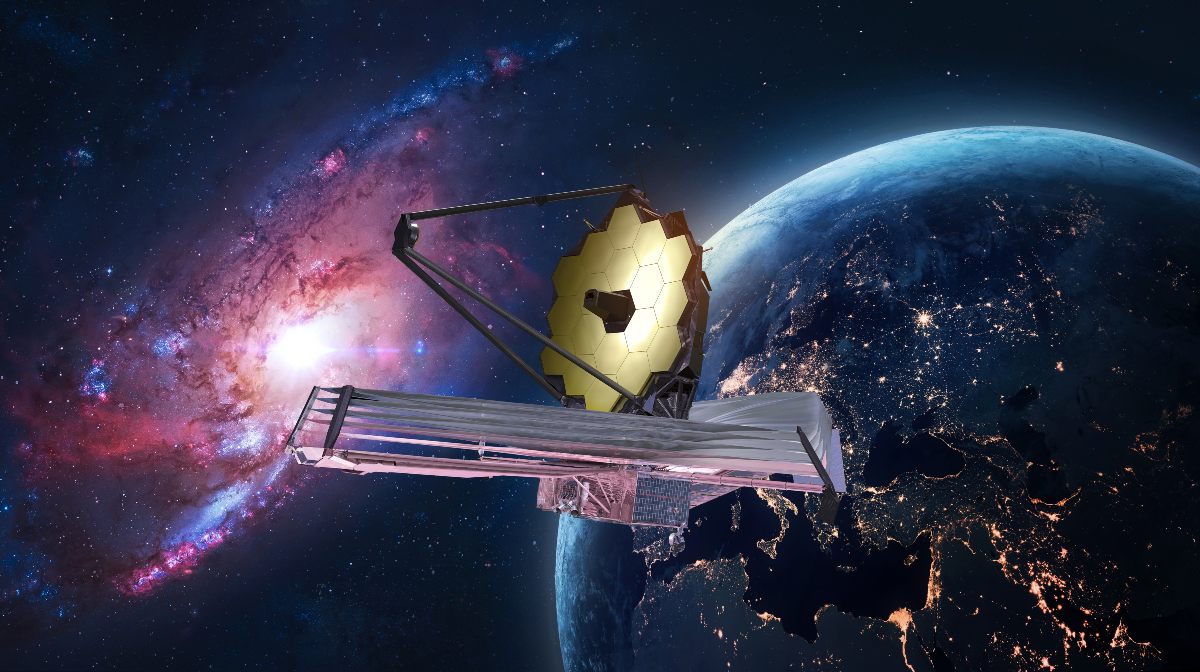It is real that the coronavirus (COVID-19) continues to reach different parts of the world. Since more than 83,000 cases have been confirmed and more than 2,000 people have died. For this reason, governments in different countries around the world have begun to rely on advanced artificial intelligence techniques. This, in order to be able to identify outbreaks of contagion with great precision, as well as to establish critical points in order to attend to them quickly.
What they are looking for then, is to have a clear and precise diagram of the places where new outbreaks of the coronavirus have been detected and thus, to be able to stop the so feared spread. Is this possible?
What role does technology play in controlling the spread of coronavirus?
Now, the main analysis is being based on reviewing millions of data, all related to the transit of people between countries. And, in this way be able to discover certain patterns of behavior, reactions and health states.
SAS Institute, the leading provider of artificial intelligence software in the world, and Javier Rengifo, who is Senior Manager of advanced analytics at the company, states that:
“You have to take advantage of the vast amount of data that exists around the movement, behavior and reactions that people have when they travel. Hence, this is becoming a high-value alternative solution for governments in the face of the coronavirus. This makes it possible to identify transmitting agents and new incubation sites for the virus”.
Today, thanks to the use of advanced analytical techniques and AI, governments such as China’s are already able to carry out monitoring. In addition, they visualize by means of interactive maps the progress of the coronavirus in real time.
Rengifo added that:
“This type of analysis, also helps governments to accurately predict the resources needed in specific locations, identify how treatment can be improved in hotspots and ultimately help stop the spread of the virus.”
On the other hand, by looking at geographic trends in larger areas, it is possible to generate a broader view of how the problem can be addressed on a global level.
Finally, Rengifo concludes that:
“The combination of artificial intelligence, human expertise and global collaboration is the fastest and most efficient way to end the spread of diseases such as coronavirus and any other type of health or sanitary risk.”
You can also read: Water wars to be predicted with artificial intelligence




